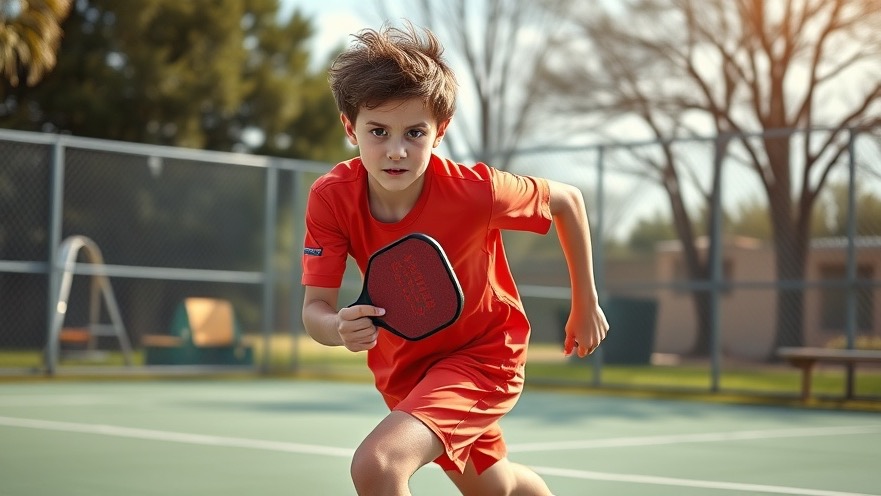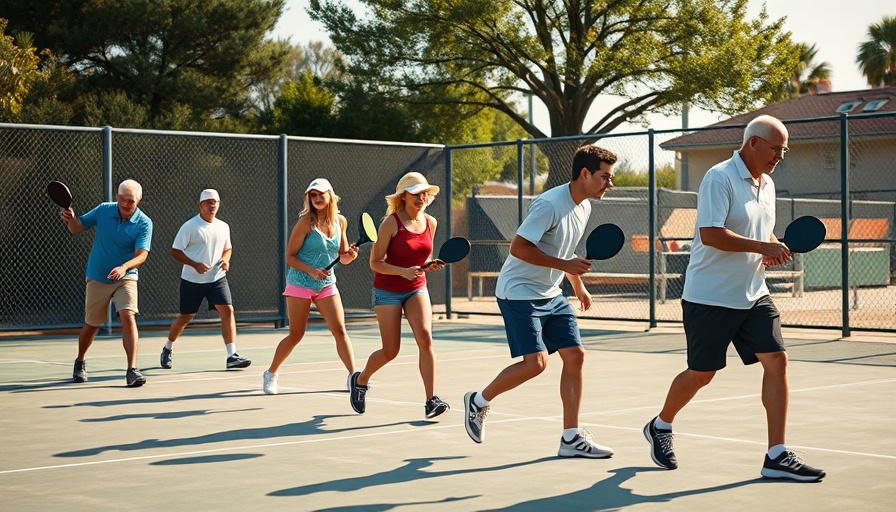
The Art of Targeting in Pickleball Serves
As any seasoned pickleball player will tell you, the serve is one of the most dynamic aspects of the game. While we've talked about power, spin, and consistency, there’s another crucial factor that deserves attention: where you aim your serve. Targeting your opponent effectively can be a game-changer.
In 'The Key To Targeting Weak Spots,' the discussion dives into effective serving strategies in pickleball, exploring key insights that inspire further analysis on the topic.
Understanding the Weak Spots
In pickleball, it's generally advantageous to aim at your opponent's backhand foot, particularly if you’re facing a right-handed player. Focusing your serve at the left foot can create a strategic dilemma. When players are forced to decide between awkward crossover steps or moving out of the way to hit a backhand, they typically find themselves off-balance. This imbalance can lead to a less effective return, opening the door for you to set up your next shot with ease.
Making Decisions in Real-time
By serving to the backhand foot, your opponent faces two paths: either they attempt to hit a forehand from an awkward position or adjust quickly to make a backhand return. The former usually leads to poor positioning—removing them from the kitchen line and setting you up for a strong third shot. This tactic isn't merely aimed at scoring immediately off the serve but rather creating an advantageous second shot that maximizes your chances to win the point.
Variety is Key
Another essential strategy is experimenting with various types of serves throughout the game. This not only keeps your opponent guessing but also helps you discover which serves yield the most favorable return. You might find that certain spins or angles leave them scrambling, thereby reducing their effectiveness.
The Community Connection
In a vibrant pickleball community like Austin, Texas, mastering these strategies can enhance both individual performance and overall gamesmanship. As players gather for casual matches or competitive rounds, the shared knowledge about effective targeting and serving tactics fosters a collaborative environment. Understanding how to exploit weaknesses can lead to more exciting and dynamic gameplay for everyone involved.
Conclusion: Always Aim for Improvement
Whether you're playing in your backyard or at a local pickleball court, the goal is to improve. Keep honing your targeting techniques and don’t hesitate to try out new serves. The more you practice and experiment, the more effective you'll become on the court. Get out there, aim for those weak spots, and enjoy the game!
 Add Row
Add Row  Add
Add 




 Add Row
Add Row  Add
Add 

Write A Comment